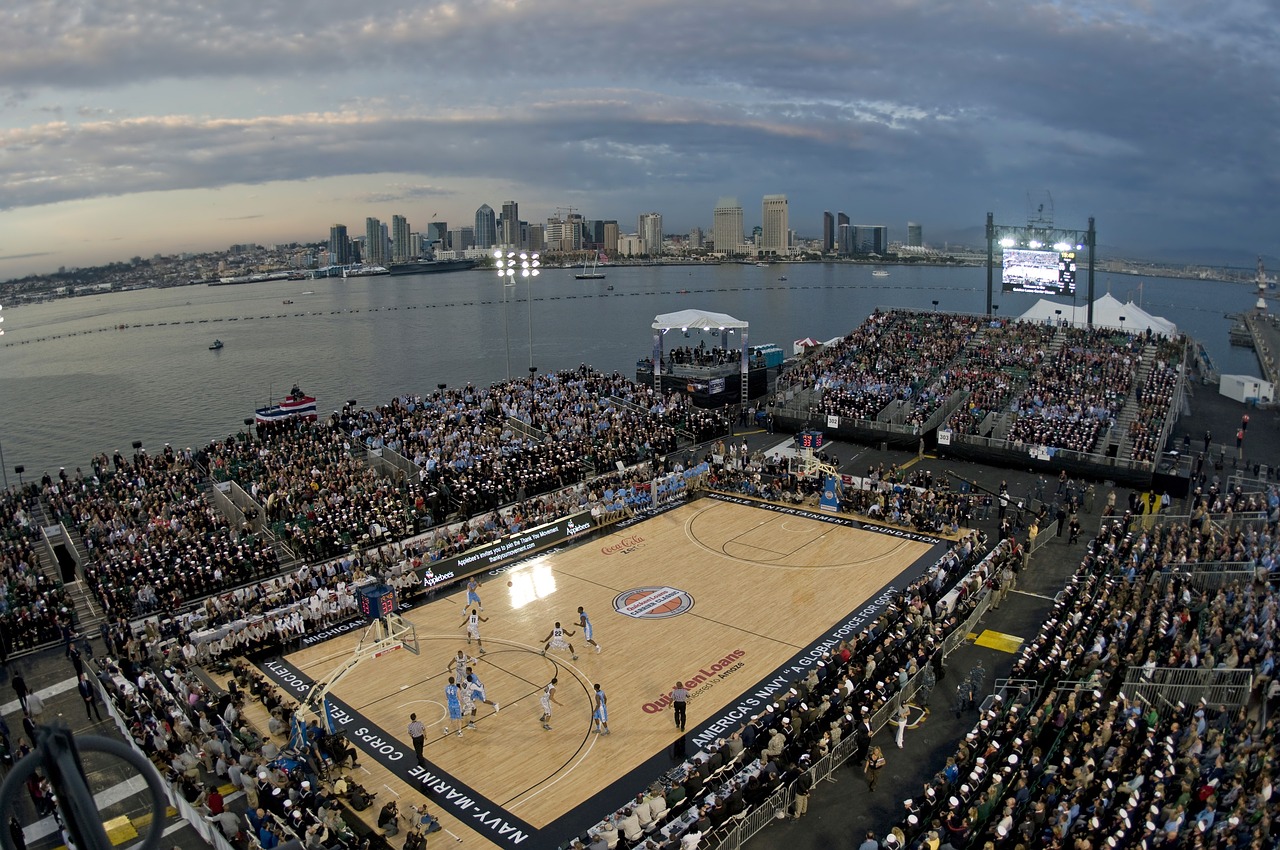Welcome to week 15 of the college basketball season. 15 is really not terribly significant, but two weeks ago was. So let’s go in the way back machine, speed it up to 86 mph and look at the AP standings from week 13. Then let’s figure out why this ranking is important.

We dug through every statistic-of every team-of every player-over the last 35 years in the college basketball season (isn’t the internet a wonderful thing!) And we’ve found some very significant trends that identify who you should be looking at when it comes to determining your champion for the Big Dance. If you want to read something pretty fascinating, check out the article “The DNA of a National Champion” when you get a second. Today we are going to focus on one element of that DNA.
The AP Ranked Trend: Since 1988 only two eventual Champions have not been a part of the AP Top 12 ranked teams 7 weeks before the Big Dance. Prior to that point in a season the data gets noisy and after that things start to settle and we know who is really who. Week 13 is really the sweet spot for indicators. Of course teams move up and down in the rankings after this week but you can suppose with a really high level of confidence that one of our aforementioned teams will be in that final game.
For instance, take Kansas last year. With just 7 weeks left in the season they were a soft 10 in the AP. They kicked it in high gear and steadily moved up the polls resulting in an AP #3 and a Selection Sunday #1 seed for the bracket. That 10 was concerning but just enough that it kept them on our radar, eventually moving them in to contention. Notably, they had all the other DNA constraints in spades.
The only two outliers to this are Syracuse (2003, 23rd) and UConn (2011, unranked). Both of which measured up admirably in all other categories of the DNA of a Champion, just not this one.
So if you’ve got a wandering eye for Iowa State, St Mary’s or Indiana to take the cake in your bracket, we’re just cautioning you. It’s not impossible; but lezbehonest–it’s not gonna happen.
@BoilerBall #BoilerUp @UHCougarMBK #GoCoogs @Vol_Hoops #Vols @AlabamaMBB #RollTide #BearDown @UVAMensHoops #GoHoos @KStateMBB #KState @KUHoops #KUBball #RockChalk @UCLAMBB #UCLAhoops @TexasMBB #HookEm @BaylorMBB #Baylor @ZagMBB #Zags #Gonzaga @Cuse_MBB #Syracuse @UConnMBB #UConn




4 responses to “Who’s your Bracket’s Daddy? Run a DNA Test!”
btw, after the Cyclones blowout win today (without the other guy posting all those 3 point shots, it was an utter blowout), what do u think about their chances to win out?
Did you notice the rebound disparity?! Saying Iowa St dominated the boards is an understatement. 20 offensive rebounds!! Anyway, the Big 12 Tournament is wide open. Rebounding hasn’t been a strength for Iowa St, and the other remaining teams are all better than Baylor at rebounding, but if the Cyclones can keep rebounding above their average, they can certainly win two more games.
Their road/neutral record is a big red flag against a potential deep run (Final Four) in the NCAA tournament, though.
Regarding your report about “The DNA of a National Championship Team”…. c’mon man, why start at 1991? Why not just go as far back as possible where the data set is relatively standard (“same # of teams for instance”)….1990 clearly not included because of UNLV….right? It doesn’t discount your assertion having 1 team or even several that don’t jive with the “conference” point you make….*** I 💯 agree with your stuff btw*** ….but use all the data available, not just what fancies up the point at hand …. because by choosing 1991 & not the more aesthetically pleasing to the eye AND mind, of that better looking even number of 1990, u allow yourself to cherry pick the stat line to show that ZERO other teams come from other conferences (since your 1 outlier basically came from one of them, Big East)…. It’s cool to have argument against the assertion dude, your homework & delivery of facts isn’t tarnished at all by doing so.
“best March Madness reporting I’ve found thus far btw”…. nobody even close.✊
Thanks, BC! Kind words and great comment! I totally see what you’re saying. I did start with 1991 to leave out UNLV, because that’s where the “trend” begins, but I can still show that while also showing all of the data. The trend still exists, but it looks like I’m hiding data that contradicts it. I will revisit and revise that section to be comprehensive. Really appreciate the comment.